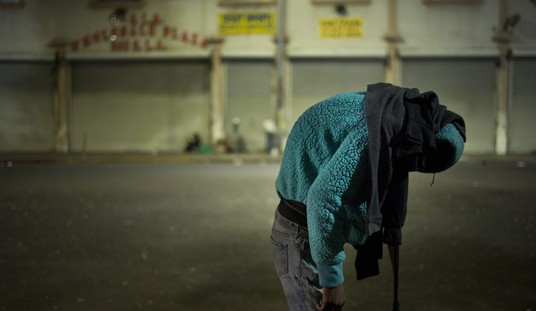Sam Simon, the man credited by many with giving The Simpsons, it’s heart and soul, died after a long battle with colon cancer. He was 59.
Simon was responsible for hiring most of the early writers and is credited with giving the show its unique “sensibility.” He insisted that the show be produced like a sitcom, rather than a cartoon show, which meant the writers worked as a team and the voice actors interacted with each other in recording each episode.
But although Mr. Groening is the person most closely associated with “The Simpsons,” Mr. Simon — who had published cartoons while he was a student at Stanford, worked on the cartoon show “Fat Albert and the Cosby Kids” and been a writer and producer for the sitcoms “Cheers” and “Taxi” — played a crucial role as “The Simpsons” evolved into a half-hour series. It became the longest-running sitcom in television history.
Mr. Simon helped populate Springfield, the fictional town where the Simpsons live, with a range of characters. He insisted that the show be created using some conventional sitcom techniques like having writers work collectively. He had the voice actors read their parts as an ensemble, with the goal of giving the show more lifelike rhythm and timing. And he hired many of the show’s first writers, a number of whom gave him credit for informing its multilayered sensibility, one that skewers pieties with anarchic humor and sometimes vulgarity while celebrating family and community.
“’If you leave out Sam Simon, you’re telling the managed version,” Jon Vitti, one of the show’s first writers, told The New York Times in 2001. “He was the guy we wrote for.”
Jay Kogen, a former producer of “The Simpsons,” told The Times that Mr. Simon “knew the freedom that animation provides and utilized it to the full extent.”
Mr. Groening, who was best known before “The Simpsons” for creating the syndicated comic strip “Life in Hell,” drew attention for his unusual career move into television animation. But Mr. Simon also had to change directions: He had to figure out how to make an unconventional product appeal to the mainstream audiences he had reached on “Taxi” and “Cheers.” He was surprised at how well it worked.
“There would be a few minutes where you’d have a parody of a Kubrick movie, and then you’d have Homer on the kitchen counter eating cake like a dog,” he told Stanford Magazine, a university publication, in 2009. “I thought some people would like some aspects of it, but I wasn’t sure how many would come along for the full ride. It turned out I was incredibly wrong. Homer is now the prototype for every male lead on a comedy show.”
Homer Simpson was the antithesis of nearly every male head of household who had ever appeared on comedic series television up to the time the show premiered in 1989. But it was this subversive caricature of a man that made Homer so engaging. You couldn’t take your eyes off of him — much the same way you can’t tear your eyes away during a demolition derby. The destructive, dysfunctional Simpson family managed to turn the idea of a nuclear family on its head, laughing all the way to the closing credits.
I recall when The Simpson’s debuted some critics savaged it. Some conservative critics thought that Bart Simpson was a poor role model for children. Most of the criticism was and is justified, but as with any kind of entertainment, if the story keeps your interests and the characters are vividly drawn and performed well, a multitude of sins can be forgiven.
I never thought the creators were trying to undermine the traditional American family or make a political statement about dysfunctional families. What they produced was a half hour of mayhem and laughs every week for going on 26 years. Simon can be credited with animating this animated show with heart and with a vision. That’s no small legacy to leave behind.










Join the conversation as a VIP Member